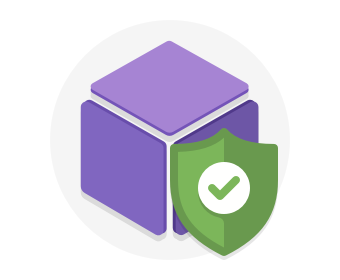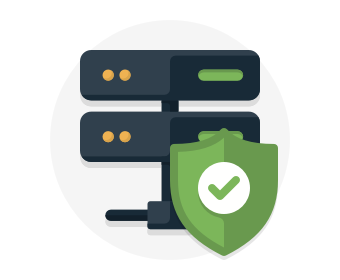Management responsibilities
One thing to understand is that these categories are layers on top of each other. For example, PaaS adds a layer on top of IaaS by providing a level of abstraction. The abstraction has the benefit of hiding the details that you may not care about, so that you can get to coding quicker. However, one aspect of the abstraction is that you have less control over the underlying hardware. The following illustration shows a list of resources that you manage and that your service provider manages in each cloud service category.
Cost and Ownership
One thing to understand is that these categories are layers on top of each other. For example, PaaS adds a layer on top of IaaS by providing a level of abstraction. The abstraction has the benefit of hiding the details that you may not care about, so that you can get to coding quicker. However, one aspect of the abstraction is that you have less control over the underlying hardware. The following illustration shows a list of resources that you manage and that your service provider manages in each cloud service category.Management responsibilities
One thing to understand is that these categories are layers on top of each other. For example, PaaS adds a layer on top of IaaS by providing a level of abstraction. The abstraction has the benefit of hiding the details that you may not care about, so that you can get to coding quicker. However, one aspect of the abstraction is that you have less control over the underlying hardware. The following illustration shows a list of resources that you manage and that your service provider manages in each cloud service category.Management responsibilities
One thing to understand is that these categories are layers on top of each other. For example, PaaS adds a layer on top of IaaS by providing a level of abstraction. The abstraction has the benefit of hiding the details that you may not care about, so that you can get to coding quicker. However, one aspect of the abstraction is that you have less control over the underlying hardware. The following illustration shows a list of resources that you manage and that your service provider manages in each cloud service category.


